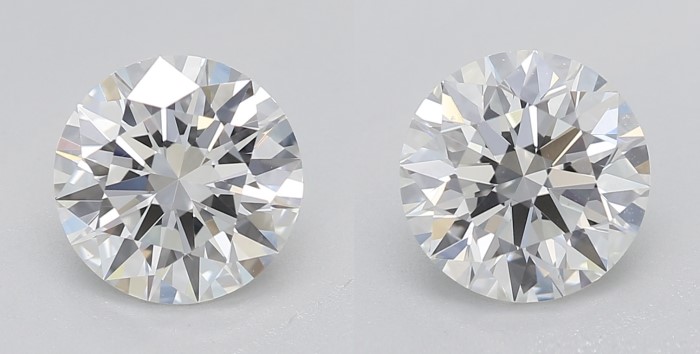Beware: The Truth About Si3 Diamonds: They Are Actually I1 Clarity
Key Takeaways
- SI3 is a controversial clarity grade, located between the SI2 and I1 clarity grades.
- It was devised by the EGL, which is not a diamond lab we recommend to our readers. The GIA’s clarity scale includes only the SI2 and I1 grades – nothing in between.
- The trouble with the SI3 clarity grade is that it muddies the waters, and could potentially lead shoppers to think that the diamond they’re getting is of a higher quality (and value) than they would presume if it was labelled as I1.
- Plus, since the ELG is generally seen as a ‘looser’ grading lab than the GIA, there’s a risk that the SI3 grade is actually comparable to a much lower grade from the GIA – say, an I2.

If you’ve been brushing up on the Diamond Clarity Scale recently, then we’re about to throw you a definitive curveball with this one: the SI3 diamond.
While nowhere near as common as other grades for diamond clarity, this one may occasionally appear on your radar as you continue researching for your ‘sweet spot’ in the world of diamond clarity.
The good news is, you don’t need to do any mental gymnastics to find a place for SI3 diamonds while you ruminate over which stone to invest in – here’s why.
What is an SI3 Diamond?
An SI3 diamond is a diamond that has been graded with an SI3 clarity, which is a subcategory of the SI clarity range created by the EGL lab in the 1990s.
By far the most widely used method for ascertaining clarity is the GIA Clarity Scale, which, as you probably know by now, features only two subcategories for slightly included diamonds: SI1 and SI2. This was devised way back in the early 1940s, and remains the most reliable system for identifying inclusions and blemishes in any diamond.
Still, some parts of the diamond industry have adopted SI3 diamond clarity which, on the EGL scale, sits between the SI2 and I1 grades. It is meant to help differentiate between the better Si2 diamonds from other diamonds with slightly more inclusions, and slightly less value for fine jewelry.
It is important to note that the SI3 grade isn’t accepted by everyone in the diamond industry and, as a result, won’t come up anywhere near as often as SI2 and I1 diamonds.
Is SI3 Diamond Clarity Good?
In a nutshell, no. Included within this category are diamonds with significant inclusions that will not prove to be the best choice for engagement rings, or any fine jewelry.
Below, we will look at why this category really doesn’t need to be considered alongside the rest – and why you should ignore diamonds that have been given this rare grade altogether – but, if you’re looking for a quick answer to the question, ‘Should I Buy an SI3 diamond?’ then our short answer is no.
Diamond Clarity
To understand what an SIE diamond grading is, it’s important to make sure you’re totally confident in using the most reputable scale used for evaluating a diamond’s clarity – the GIA grading scale.
Diamonds are graded on their 4 C’s: color, cut, carat and their clarity on the GIA scale. The clarity of a diamond is graded on its visual appearance and how many inclusions or blemishes it has. A diamond’s clarity can affect its value and overall price and is graded on a scale from Internally Flawless (IF) to Inclusions 2 (I2). Eye clean diamonds are included within the clarity spectrum and can be found in various grades, such as SI1 or VS2 diamonds.
The diamond clarity scale for GIA contains the following grades:
Internally Flawless (IF),
Very Very Small Inclusions 1 (VVS1),
Very Very Small Inclusions 2 (VVS2),
Very Small Inclusions 1 (VS1),
Very Small Inclusions 2 (VS2),
Small Inclusions 1 (SI1),
Small Inclusions 2 (SI2),
Inclusions 1 (I1),
Inclusions 2 (I2).
Does GIA grade SI3?
No, the GIA does not consider SI3 diamond clarity to be a necessary or accurate grade.
We will explain this in more detail below but, for now, suffice to say that any diamond graded at SI3 by the EGS will, in all likelihood, be considered an Included diamond (with a grade of I) by the GIA.
The Controversial Grade
An SI3 clarity grade is so controversial because it’s not accepted by most grading scales. It is not an accepted GIA or AGS grade, which are the most widely approved and acknowledged scales. Instead, EGL, or the European Gemological Laboratory, is not quite as respected in the industry.
The key argument behind introducing an SI3 grade was this: some SI grade diamonds are eye clean, while others also graded at SI have visible inclusions impacting the beauty of the stone. So, the main debate with an SI3 grade is that it creates the space for gemologists to differentiate between a diamond that has inclusions visible to the naked eye, and one that, while still significantly included, appears eye clean.
That being said, a diamond graded as I1 and I2 will usually have flaws that are visible. If you were to bring an EGL-graded SI3 diamond to GIA, the diamond would most likely be graded worse by the GIA.
This is why the grade is so controversial: it can be misleading for inexperience shoppers if a diamond worthy of the lowest clarity grade is labelled according to a grade that can, in many instances, produce eye clean diamonds.

Why Should You Avoid SI3 Diamonds?
Most diamonds graded lower than SI (Small Inclusions) are less desirable, which means that a weakly graded EGL diamond, such as the SI3 grade, can bring lots of confusion.
I1 diamonds are, in the majority of cases, not eye clean; they feature inclusions significant enough to impact the beauty of the diamond and, as a result, make them less desirable. Giving a diamond an SI3 grade (when, according to a trusted body like the GIA, it would actually be labelled as I2) can make that same diamond seem more appealing, particularly to someone with little knowledge or experience in this area.
Essentially, Si3 blurs the line between two totally different grades. As a result, most jewelers will give advice to avoid SI3 diamonds altogether, since the GIA remains the authority in this area.
But, even if you’re cognizant of the fact that SI3 diamonds are pretty much I1 diamonds at heart – and you’re willing to accept those visible inclusions – should you go for it? Probably not. The EGL grades more than just clarity, which means that other aspects of the diamond may also be inferior – and worth less than their grades would have you believe.
Stick to GIA Reports, and put your faith in their long-established method for grading diamond quality and ensuring a fair price for shoppers with little to no experience in this arena.
So, What Clarity Grade You Should Choose Instead of SI3?
If you’re looking for eye clean diamonds at the most affordable price possible, then focus your search on a clarity grade no lower than SI2, since, in smaller diamonds, this category can often yield plenty of choice for eye clean stones.
These types of diamonds are most often eye-clean diamonds with no blemishes or inclusions seen by the naked eye. Both are a better choice for value and price and, since they’ve been graded according to the higher standards of the GIA, a wiser investment.
Remember that eye cleanliness is always key to picking a good diamond and that, given the fact that SI3 is, in most cases, equal to I1, then these diamonds are incredibly unlikely to appear eye clean – particularly if they are large enough to take center stage in your engagement ring.
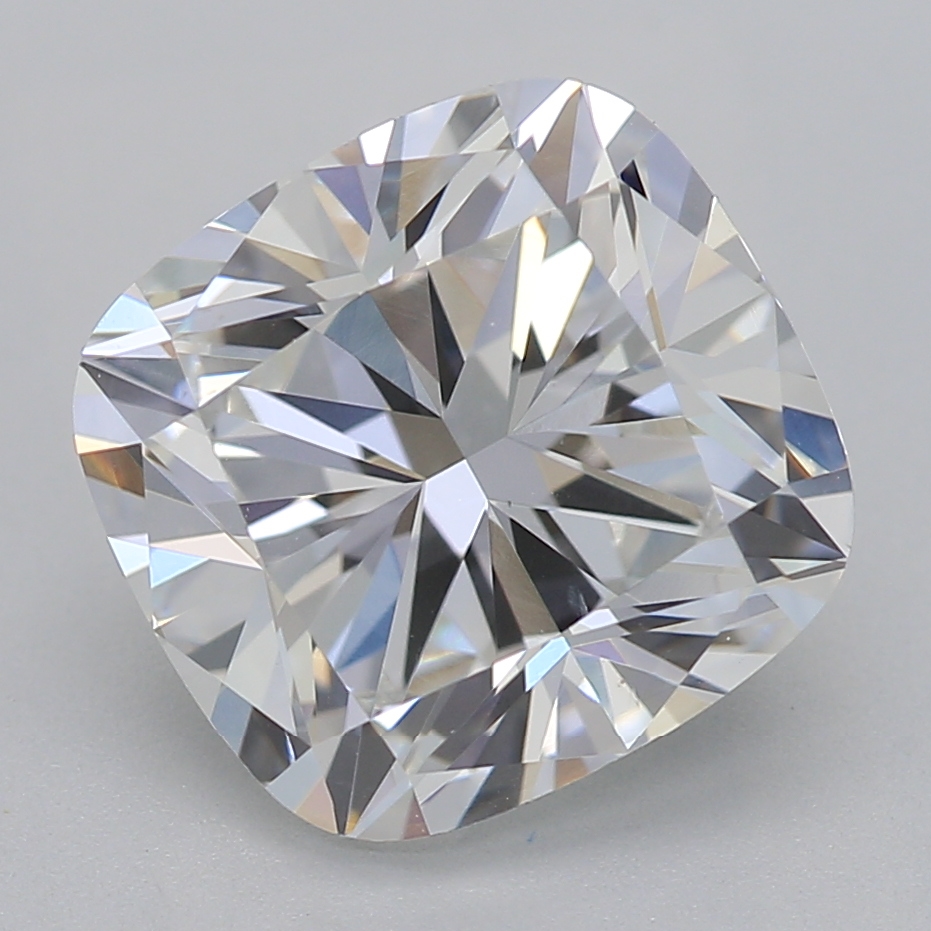
Our Summary: Why SI3 Grades Just Aren’t Worth it
Each clarity grade commands its own price range. If you were to look at a collection of diamonds identical in every way except clarity, then you’d see the costs going down with that grade – and taking a pretty sharp downturn when you reached the first diamond that was not eye clean.
What does this mean? A diamond given a clarity grading of I1 by the GIA will be cheaper than a diamond graded SI2. If that same diamond is graded SI3 by the EGL, it will command a higher price – simply because it remains in that higher category.
And that’s not the only problem. Here’s our summary:
- SI3 is a grade by EGL lab, which isn’t the most reputable.
- Both GIA and AGS labs do not accept the SI3 grade.
- SI3 diamonds are usually not eye-clean.
- Most jewelers don’t recommend SI3 diamonds.
- SI3 grade can make the diamond seem more appealing than it actually is.
If you’re looking for a better choice, then browse for Si1 or SI2 diamonds. Both are better choices for value and price, and widely available from reputable sellers who embrace the more stringent approach made by the Gemological Institute of America.
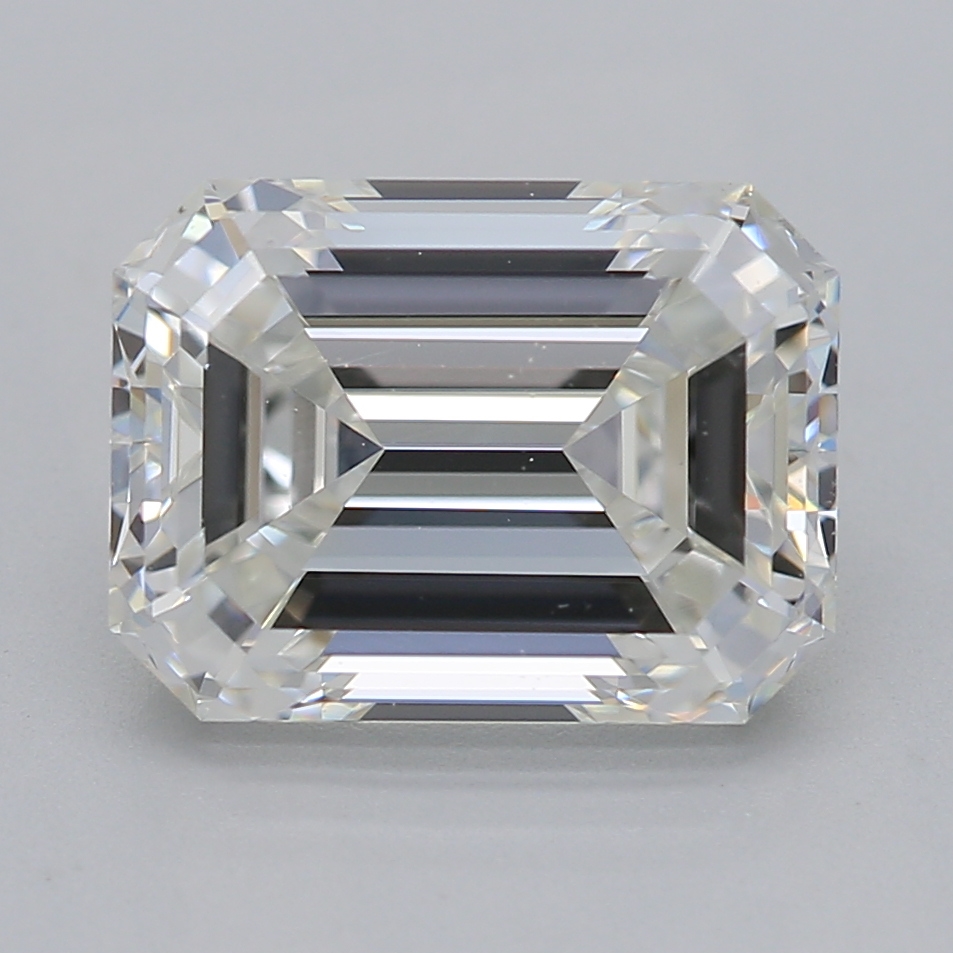
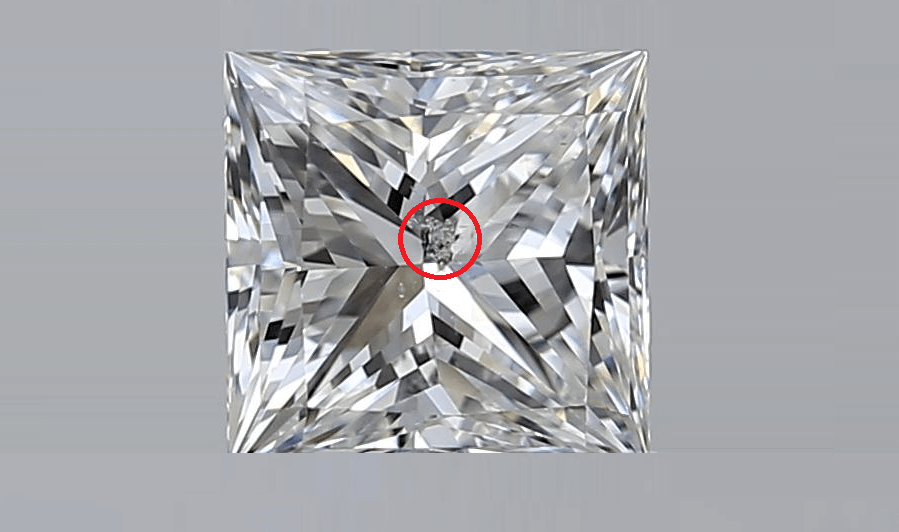
Mar 26, 2022 By Willyou.net
The Negative Effect Of Internal Graining On Diamond’S Value
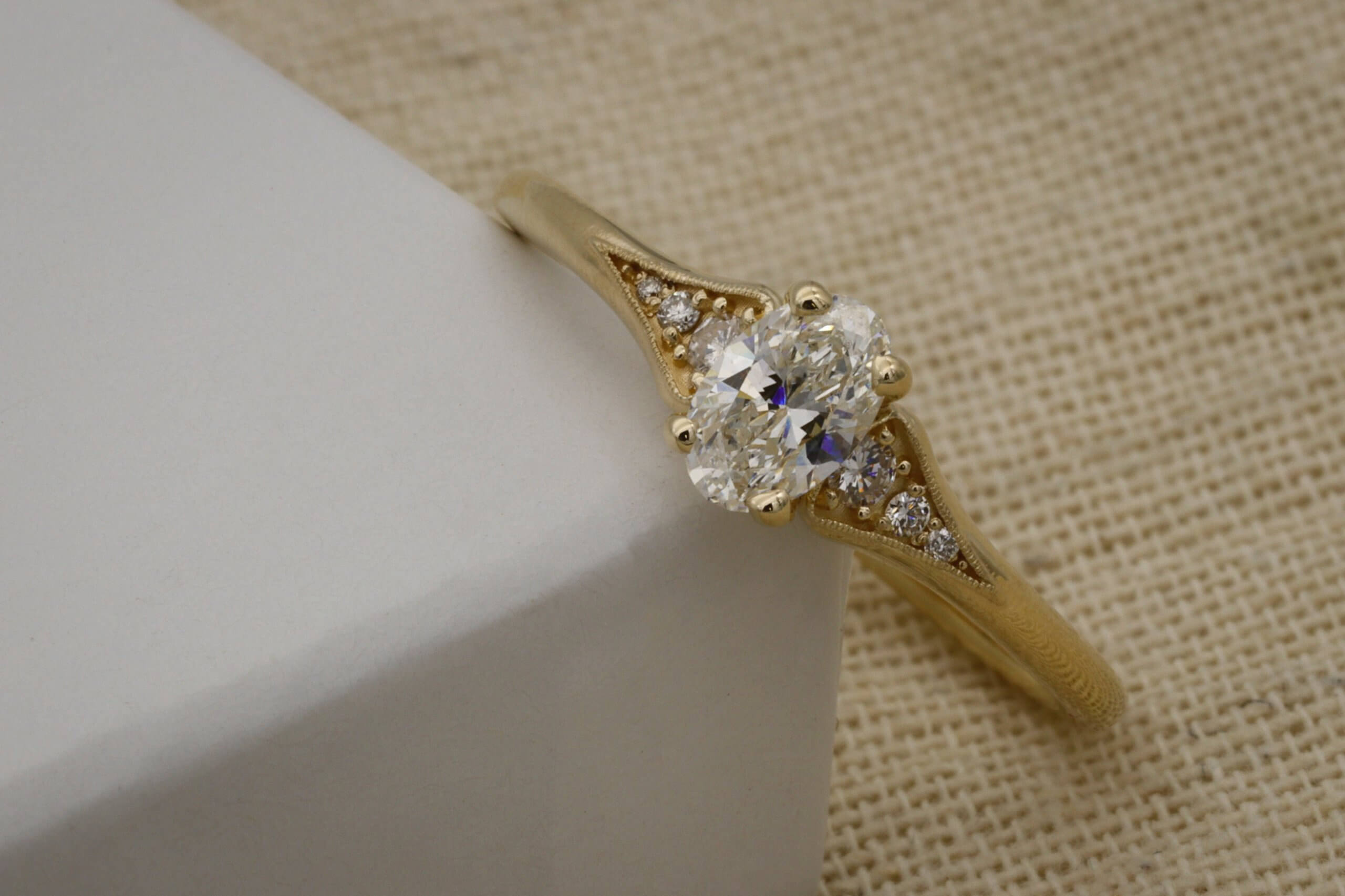
Sep 9, 2021 By Willyou.net
Why Flawless Diamonds May Not Be Worth The Investment
